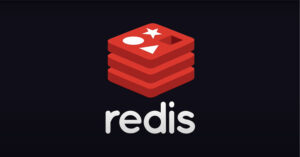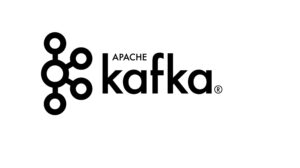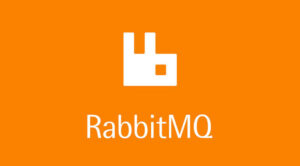Redis, Kafka, and RabbitMQ are three popular open-source messaging systems used for building distributed systems. Each of them has its own unique features and use cases, making them suitable for different scenarios. In this article, we will discuss the advantages and disadvantages of each system and when to use them.
Red
Redis is an in-memory data structure store that can be used as a database, cache, and message broker. It is designed for high performance and low latency and supports a wide range of data structures, including strings, hashes, lists, sets, and sorted sets. Redis also supports advanced features such as pub/sub, Lua scripting, and transactions.
Advantages:
- High performance and low latency: Redis is optimized for in-memory operations and can handle a large number of requests per second with low latency.
- Data structures: Redis supports a wide range of data structures, making it versatile and suitable for many use cases.
- Pub/sub: Redis supports pub/sub, which allows for real-time communication between clients.
Disadvantages:
- Limited scalability: Redis is designed to run on a single server, which limits its scalability.
- Durability: Redis is an in-memory store, which means that data is lost when the server shuts down. While Redis supports persistence, it can impact performance.
When to use Redis:
Redis is an excellent choice for applications that require low latency and high performance, such as real-time analytics, caching, and leaderboards. It is also suitable for pub/sub use cases where real-time communication is required.
Kafka

Kafka is a distributed streaming platform designed for building real-time data pipelines and streaming applications. It is designed to handle large amounts of data and supports features such as fault tolerance, scalability, and high throughput. Kafka is based on a pub/sub model, where producers publish messages to topics, and consumers subscribe to those topics to receive messages.
Advantages:
- Scalability: Kafka is designed to be highly scalable and can handle large amounts of data.
- Fault tolerance: Kafka is designed to be fault-tolerant and can handle node failures without losing data.
- High throughput: Kafka is optimized for high throughput and can handle a large number of messages per second.
Disadvantages:
- Complexity: Kafka can be complex to set up and maintain, especially in larger clusters.
- Latency: Kafka is optimized for throughput, which can come at the cost of latency.
When to use Kafka:
Kafka is an excellent choice for building real-time data pipelines and streaming applications. It is also suitable for use cases where scalability and fault tolerance are critical, such as processing large amounts of data or handling high volumes of requests.
RabbitMQ

RabbitMQ is an open-source message broker that supports multiple messaging protocols, including AMQP, MQTT, and STOMP. It is designed to be highly available and scalable and supports features such as message queuing, routing, and delivery acknowledgments. RabbitMQ also supports advanced features such as clustering, federation, and message priorities.
Advantages:
- Messaging protocols: RabbitMQ supports multiple messaging protocols, making it versatile and suitable for many use cases.
- Scalability: RabbitMQ is designed to be highly available and scalable, making it suitable for handling large volumes of messages.
- Advanced features: RabbitMQ supports advanced features such as clustering, federation, and message priorities.
Disadvantages:
- Latency: RabbitMQ can introduce latency, especially when using acknowledgments.
- Complexity: RabbitMQ can be complex to set up and maintain, especially in larger clusters.
When to use RabbitMQ:
RabbitMQ is an excellent choice for applications that require reliable message delivery, such as financial applications, job queues, and workflow engines


